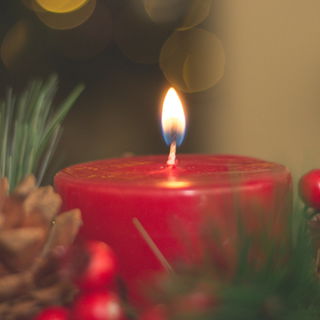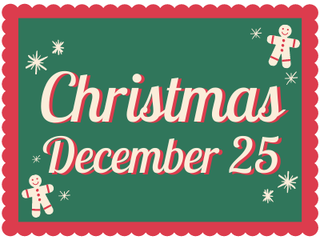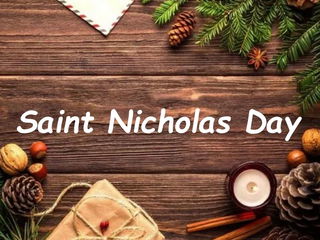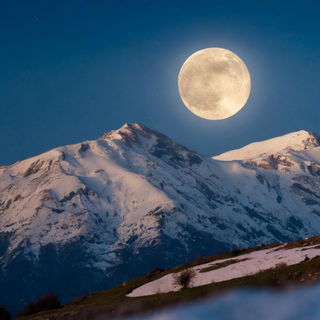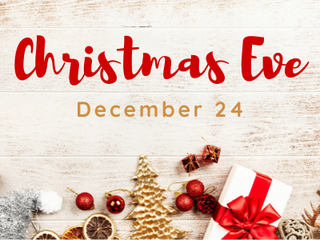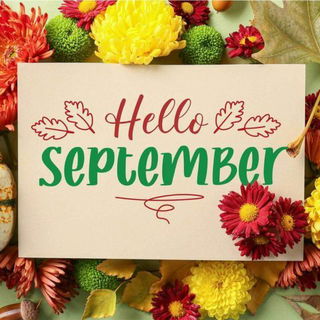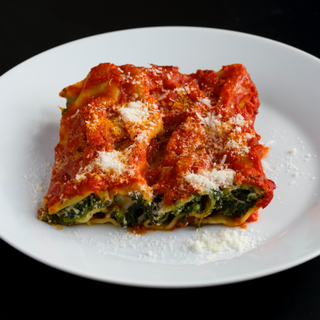- Calendar
- Calendar 2026
- August
- Lammas Day
Lammas Day
Lammas which is celebrated every year on August 1, is a historic harvest celebration observed in various English-speaking areas, marking the beginning of the grain harvest season.
The festival has its roots in ancient rural customs, where people honored the season's first harvest by baking bread and giving thanks for nature’s abundance.
Lammas is not recognized as an official public holiday in the United States or the United Kingdom, so daily routines like work and school are not interrupted.
Lammas arrives midway between the summer solstice and the autumn equinox, making it a seasonal turning point.
In certain rural areas of the UK, it also signals the start of Lammastide, a traditional late-summer stretch filled with harvest-related customs and appreciation for the season’s earliest yields.
What Does Lammas Mean?
The name “Lammas” comes from the Old English term for “loaf mass,” pointing to the custom of baking bread from the season’s first grain and presenting it at a church ceremony. In medieval times, this sacred loaf was occasionally divided into four parts and placed at the corners of a barn to guard the stored crops.
In literature, Lammas is closely linked to ideas of growth, harvest, and seasonal change. Even Shakespeare mentions it in Romeo and Juliet, noting Juliet’s birthday as “Come Lammas Eve at night shall she be fourteen.”
A Brief History of Lammas
Lammas, short for “Loaf Mass Day,” is one of the earliest Christian festivals linked to the agricultural calendar.
It signaled the start of the wheat harvest and served as a time of gratitude for nature’s first offerings.
Traditionally, people would bake bread from the season’s first grain and bring it to church as a thank-you offering.
In some farming communities, these loaves were considered protective symbols, sometimes broken into four pieces and placed in the corners of barns to safeguard the remaining crops.
The idea of offering the first fruits of the land has deep roots in Judeo-Christian traditions.
In the Hebrew Bible, early grain offerings were seen as acts of reverence, symbolizing trust in divine provision. Early Christian teachings, such as those found in the Didache, urged followers to share the first portions of their income or harvest to support the church and the needy.
During Anglo-Saxon times, Lammas held both spiritual and practical meaning.
Often called the “feast of first fruits” in historical records, it marked a welcome turning point for farmers recovering from the leaner days of late summer.
The occasion was celebrated with communal feasts, games, and gatherings, helping to strengthen both seasonal and social connections.
Some scholars suggest that Lammas may have absorbed elements from Lughnasadh, a Celtic harvest festival celebrated around the same time.
While the exact relationship is debated, it's likely that Lammas became a blend of Christian ritual and older local customs over time.
In Scotland, Lammas was one of the four traditional quarter days, key dates used for settling contracts and managing agricultural work.
It also used to coincide with the Feast of St. Peter in Chains, though this association was revised in the 20th century due to liturgical changes.
The festival’s presence lingers in literature and folklore as well.
In Shakespeare’s Romeo and Juliet, Juliet’s birthday falls on Lammas Eve.
Songs like The Battle of Otterburn also reference Lammas, showing its cultural relevance through the centuries.
Lammas Traditions
Lammas is celebrated in some Christian communities, especially in rural parts of the UK, as a way of thanking God for the first grain harvest of the season.
Churches may hold special services where freshly baked loaves, often made from locally grown grain, are brought to the altar and blessed.
In some places, these loaves are also used during Communion, turning the first fruits of the harvest into something sacred.
Members of the congregation are sometimes encouraged to bake the Lammas loaf themselves, making the offering more personal and deeply rooted in community.
In areas where the tradition still holds strong, churches may organize processions to local bakeries, offer blessings to workers, and make small symbolic offerings that connect faith and agriculture.
The highlight of Lammas is the loaf itself, baked from the new grain and seen as a symbol of gratitude, nourishment, and the sacredness of daily food.
Some churches or communities even decorate these loaves or display them before sharing or blessing them.
Community gatherings like picnics, dances, small fairs, or local feasts are also part of Lammas in some areas, keeping the spirit of celebration alive.
Old customs haven’t entirely disappeared either, pieces of the blessed loaf are sometimes placed in barns or fields to offer symbolic protection to crops and animals.
At the same time, neopagan communities celebrate Lughnasadh on August 1st, the same day as Lammas, focusing on themes of harvest, sacrifice, and giving thanks to nature.
Celebrations may include bonfires, corn dollies, hand fasting ceremonies, seasonal feasts, and offerings to the land.
While the beliefs differ, both Christian and neopagan traditions treat this season as sacred and emphasize our dependence on the Earth’s rhythms.
Although Lammas isn’t widely celebrated today, it still survives in rural churches, neopagan circles, and eco-conscious communities.
It appears in seasonal festivals, literature, and even intentional living spaces like the Lammas Eco Village in Wales.
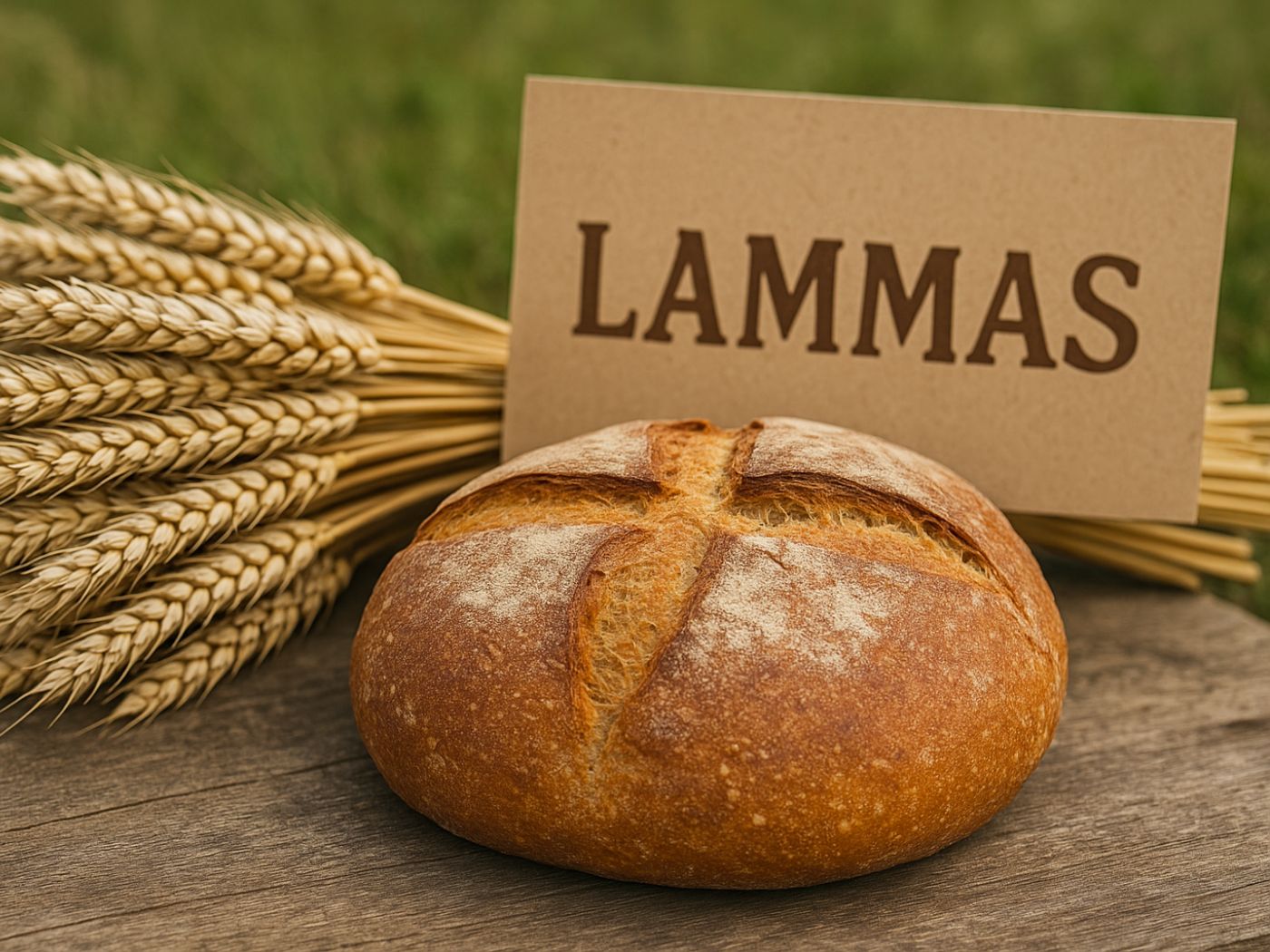
Other Celebrations
-
Apr 10 Thu
-
May 01 Thu
-
Sep 16 Tue
-
Sep 23 Tue
-
Apr 10 Fri
-
Sep 20 Sun

Lammas Day - Next years
Sunday, 01 August 2027
Tuesday, 01 August 2028
Wednesday, 01 August 2029
